Managing The MAYDAY – Part 2: RIC Officer Priorities
In the last article we discussed Incident Command priorities and skills to effectively manage a MAYDAY event. Now I would like to focus on the tasks that the officer leading the Rapid Intervention Crew (RIC) should perform. As always please refer to your departments SOG’s regarding the activation and deployment of RIC. Let’s examine:
Monitor Radio Transmissions
This is a vital first step to maintaining a situational awareness that we all must achieve. If departments are fortunate enough to have adequate manpower and assign a RIC team upon any dispatch of a working fire this becomes less difficult to manage. If your department is like many others who have to request a RIC upon arrival it becomes more a game of catch up with the radio.
Listen to all the radio messages as best you can. Key in on size-up and task assignments from the incident commander. Try to paint that mental picture of the scene prior to arrival. Take notice of the initial alarm dispatch assignment and any other resources that are requested. This will tell you a lot about the fire or emergency at hand. One of the most important pieces of information a RIC officer can obtain is how many companies are operating on the fireground. Usually MAYDAYs occur within the first ten minutes of operating at a structure fires.
Report to the Command Post
Upon arrival, perform a face to face transfer of information. The size-up process is changing from minute to minute; get the most updated incident action plan as soon as possible. Make sure your radios are tuned into the tactical radio frequency and begin to monitor closely. Look for the best spot to set up your tool cache with optimal viewing of at least two sides of the structure as best you can.
Once the face to face has been conducted, search out for the Safety Officer & Accountability Officer. They should be able to advise of the who, what, and the where on the scene. A 360 degree size-up performed by the RIC officer and one firefighter will serve as a play book should the team be needed. Return to the RIC staging area to maintain crew integrity and look to perform proactive measures.
Situational Awareness
The most important part of any fireground operation is maintaining situational awareness. This is a must for the members of the RIC. I know at times a RIC assignment can be looked down upon as boring or uneventful; but guess what? That’s a good thing! Take this opportunity to educate not only yourself but the entire crew on the many topics such as fire behavior, building construction, and tactics. Use this time to the team’s advantage and anticipate the strategies and tactics being performed. This is an invaluable training event especially for newer firefighters, don’t’ waste it!
Situational awareness is the having the ability to capture the cues and clues in your environment and how to see bad things coming and time to change the outcome – Dr. Richard Gasaway
Part 2 of 3
Part 1 link: https://firefightertoolbox.com/managing-mayday-part-1-incident-command-priorities/

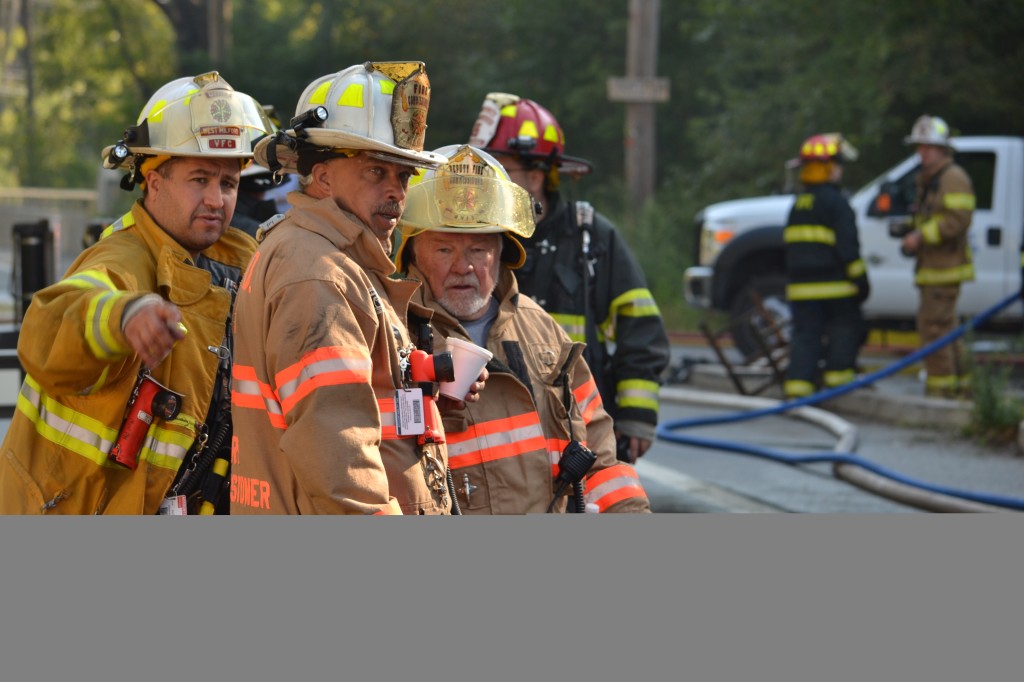
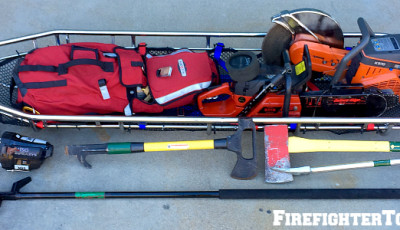
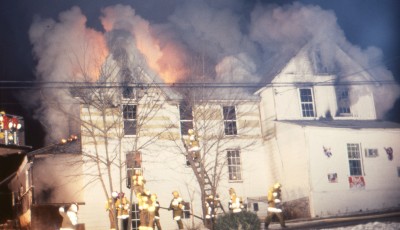
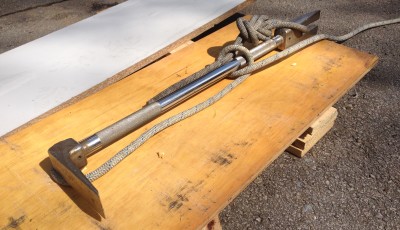

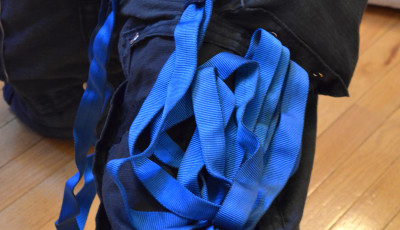




Pingback: Managing The MAYDAY – Part 3: Crew Responsibilties | FireFighterToolBox